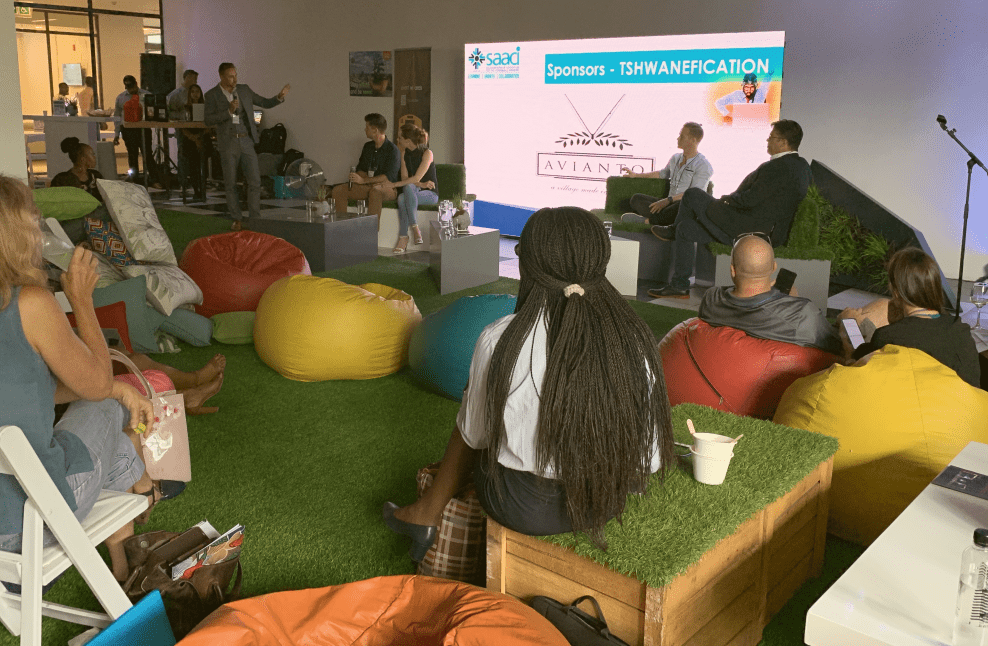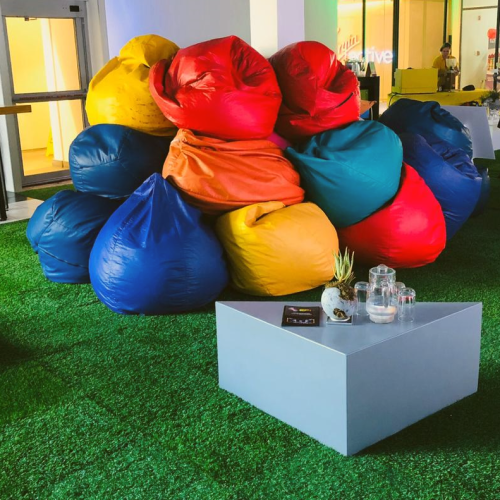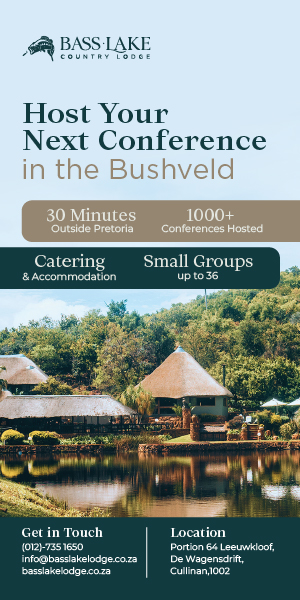Most event planners want to promote engagement at their events in all its many forms, such as engagement between attendees (networking), with the event content (learning) or with their brand (for customer retention). And this is where collaborative learning – facilitated with the right kind of set-up – is so beneficial.
What exactly is collaborative learning?
The Global Development Research Center (GDRC) defines collaborative learning as an educational style where people work in groups to “solve a problem, complete a task, or create a product”. It is based on the belief that learning happens best through social interaction.
Collaborative learning has been proven to be very effective. In fact, the GDRC website lists 44 benefits to this teaching method, such as improved focus and retention of the material covered, and that is suited to the many different learning styles people have.
In the context of events, classrooms and teachers are swapped for conference venues and speakers, but the theory still holds true.
As a bonus, collaborative learning also tends to create an environment where networking can happen more organically, and therefore more effectively. It can also be more enjoyable, and therefore more emotionally engaging and memorable, which will help grow loyalty to your brand and events.

How would you apply it to an event?
Now that you know why you should incorporate collaborative learning into your event, you need to know how to do it.
One option is to use it for break-away sessions, when you want attendees to work in teams to fulfil a task, such as brainstorming solutions to a problem or a scenario. This can be a good way to build on content already covered earlier in the day.
Another option it to use it for a session run by a selection of experts. Each expert can facilitate a group discussion on their area of expertise. (Note the word ‘facilitate’ – and not dominate or lecture. Collaborative learning is founded on the idea that everyone should contribute to the learning process, and we all have something worthwhile to offer.)
This works well when there is an overarching theme to the session, and each expert represents a different component to it. Attendees benefit from being able to zone in on the area that is most relevant to them, and afterwards the groups can share the outcome of their discussion.
Keep in mind that Learning Spaces (published by EDUCAUSE) suggests that groups should not exceed 12 people, in order to ensure everyone can participate easily.

Getting the set-up right
In order to facilitate collaboration, you need to design a space that encourages and supports it. Here are some tips on how you can do just that, taken from Learning Spaces – many of which were apparent at the SAACI Tshwane branch event on 11 February 2020, which you can see in the picture above and below.
Promote comfort: Attendees need to feel comfortable, so that they are relaxed and can focus on the session. In order to help them do this, offer a range of seating options. Some people prefer firm conference chairs, while others would far rather sink into a bean bag. By having many choices, your guests will be able to pick something that works for them.
Cater for all learning styles: Some people might want to take notes, so there need to be options for this too – whether with tables, sofa arm tables and/or clipboards.
Keep it flexible: Have a set-up that is easy to adjust, so that people can move their seats to join another group, or get up and walk around. Consider that you might need to accommodate anything from a one-on-one discussion to a debate that the whole room takes part in.
An added advantage is that a flexible set-up also means that if something isn’t quite working on the day, you can quickly and seamlessly fix it.
Be creative: While this format is inherently creative, if you approach it with a fun attitude, you are effectively giving the green light to your attendees to do the same. For example, pick a mix of bright colours for your furniture, leave fidget spinners and stress balls lying around, have scented felt tip pens for people to make notes with… Little details and surprises like this can go a long way to help people engage with the process.





